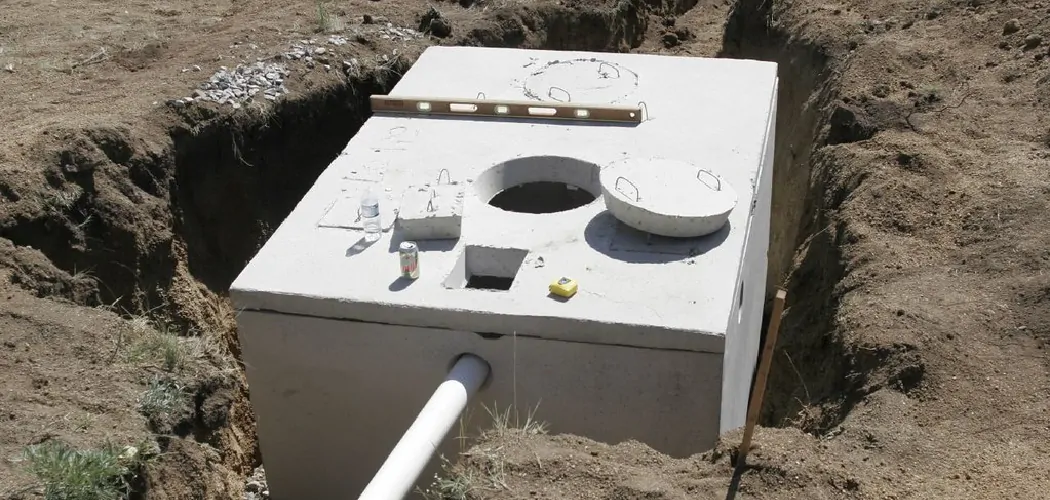If you are hoping to keep your septic tank in peak operating condition, then treating it regularly is essential. Septic tanks require regular maintenance and treatment to prevent blockages and damage and ensure that sewage can be properly disposed of in an efficient manner.
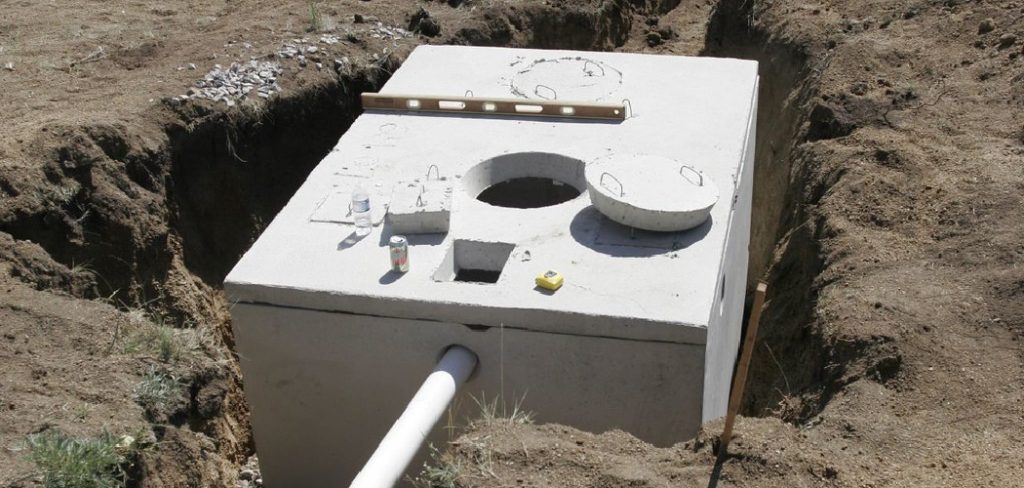
Thankfully, treating a septic tank is not as complicated or expensive as some may think – with the right products and proper application, anyone can make their septic system healthier without breaking the bank.
In this blog post, we will discuss how to use septic tank treatment, from what kind of product should be used to how it should be administered correctly. Read on if you want to discover how simple maintaining your septic tank really can be!
What Is Septic Tank in Water Treatment?
Septic tank in water treatment is a type of on-site sewage system that uses an underground tank to contain and treat wastewater. The tank stores, treats, and disperses wastewater from residential and commercial properties. The septic system works by breaking down the waste into smaller particles so that it can be safely absorbed into the soil or discharged into a body of water.
The system typically consists of a septic tank, distribution box, pumping chamber, and drain field. To keep the system working properly, regular maintenance is necessary to ensure that it can effectively treat wastewater and protect the environment from pollutants.
Septic tank treatments are designed to help maintain an effective balance between beneficial bacteria and other microorganisms in the system. These treatments use enzymes and microbes to break down waste materials such as fats, oils, grease, proteins, starches, paper products, and other organic matter before it reaches the soil or water source.
This helps prevent clogs in pipes due to excessive buildup of solids and sludge. Regular septic tank treatments also help reduce odors caused by decomposing material in the tank.
10 Methods How to Use Septic Tank Treatment
1. Maintain a Regular Pumping Schedule
One of the best ways to ensure that your septic tank stays in good working condition is to have it pumped on a regular basis. Depending on the size of your tank and the number of people in your household, you should have your septic tank pumped every two to five years.
This will help to prevent solids from building up in the tank and clogging the pipes. While some people think that pumping the tank is an expensive expense, it is far less costly than having to repair or replace a damaged system.
2. Use Water Efficiently
Using water efficiently is not only good for the environment, but it’s also good for your septic system. When you use less water, there is less water that needs to be treated by your septic system.
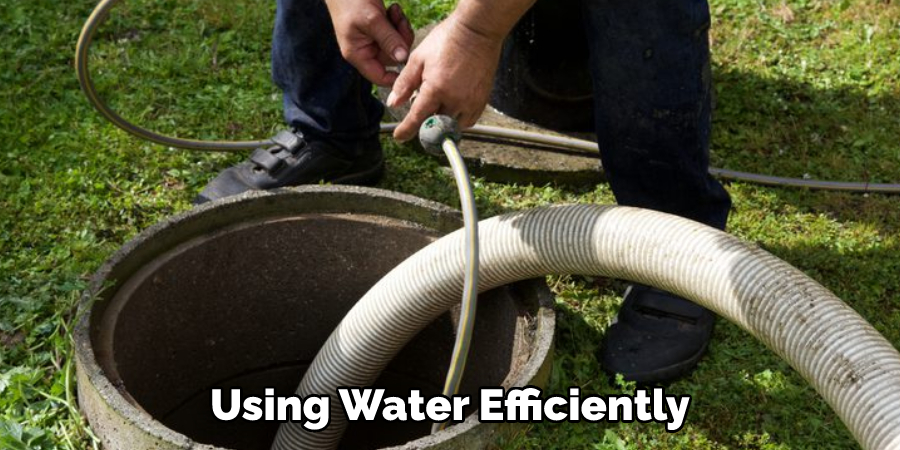
This can help to prolong the life of your septic system and prevent it from becoming overloaded. Try to spread out your daily water use throughout the day, and turn off the faucet while brushing your teeth or shaving. Additionally, installing low-flow toilets and showerheads can help you reduce your water use. Additionally, fixing any plumbing leaks can also help.
3. Dispose of Waste Properly
It’s important to dispose of all waste properly in order to keep your septic system working properly. You should never flush non-biodegradable items such as cigarettes, diapers, or feminine hygiene products down the toilet, as they will not break down in your septic system and could clog up the pipes.
You should also avoid pouring grease or oil down the drain as this can solidify and cause clogs. Additionally, it’s important to limit the amount of water you use in order to reduce the amount of strain on your septic system. Try to avoid running multiple showers, laundry machines, or dishwashers at the same time.
4. Use Septic Safe Products
When choosing cleaning products, laundry detergents, or other household chemicals, be sure to choose products that are safe for use with septic systems. Many conventional products contain chemicals that can damage or even kill the bacteria in your septic tank that are responsible for breaking down waste.
These products can also damage your drain field and lead to expensive repairs. Look for products labeled “septic safe” or with other indications that they are safe for use with septic systems.
5. Avoid Using Disposable Wipes
Disposable wipes, even those marketed as “flushable,” should not be flushed down the toilet as they can clog up pipes and cause problems with your septic system. If you must use disposable wipes, be sure to throw them in the trash instead of flushing them down the toilet.
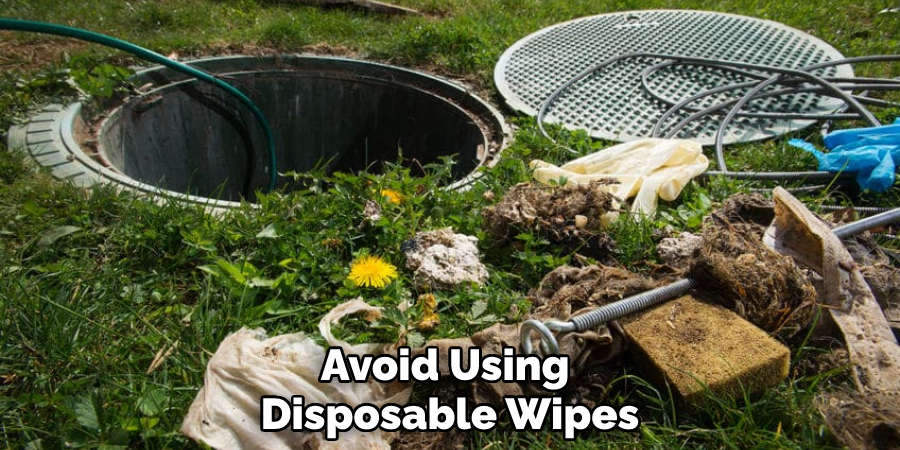
Although biodegradable wipes may break down over an extended period of time, they can still cause problems with your septic tank by blocking pipes or even absorbing too much liquid and expanding, causing a blockage. It is best to avoid them altogether.
6. Plant Septic Friendly Trees and Shrubs
When landscaping around your septic system, be sure to choose plants that are friendly to septic systems. Some trees and shrubs have roots that can grow into and damage sewage pipes. Additionally, some trees produce fruit that can clog up drains.
Septic-friendly plants include grasses, wildflowers, and most native plants. Trees such as willows, poplars, maples, and birches should be avoided. Additionally, it’s a good idea to keep all foliage at least five feet away from the septic tank and drain field, as this will provide easy access for servicing.
7. Direct Downspouts Away from Your Septic System
It’s important to make sure that any rain gutters or downspouts on your home are directed away from your septic system, as too much water can saturate the soil around your tank and cause it to collapse.
If you have gutters or downspouts that empty near your septic tank, consider redirecting them with an extension or diverter valve. To be sure you’re not overloading your system, run a hose from the downspout into a nearby storm drain or storm pond. Though this may seem extreme, it’s much better than risking your entire septic system.
8. Inspect Your System Regularly
It’s a good idea to inspect your septic system regularly to look for any signs of problems such as pooling water or sewage odors coming from the drainfield area. If you notice any problems with your system, be sure to contact a professional septic contractor right away, as repairs may be needed.
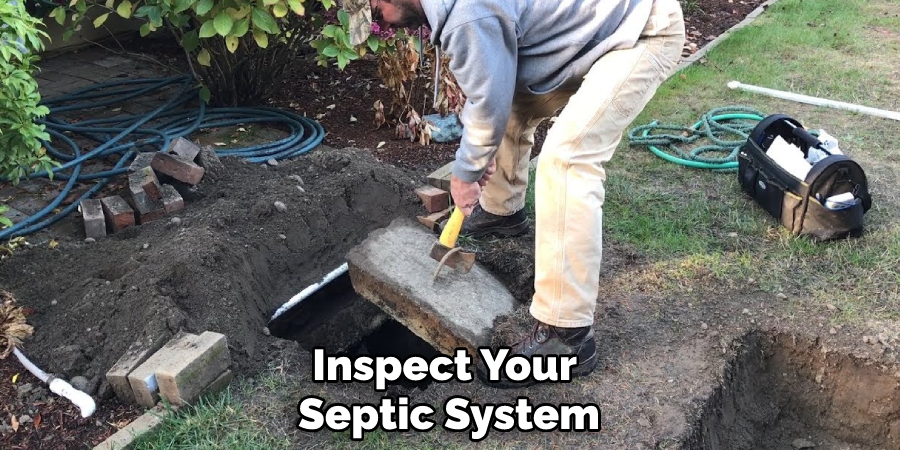
Also, you should have your septic tank pumped out every 3 to 5 years in order to ensure it is running efficiently and all sludge and scum is removed from the tank. With regular inspection and maintenance, you can help ensure your septic system remains in good working order.
9. Use Septic Tank Treatment
Using septic tank treatment is a great way to help maintain the health of your septic system. Septic tank treatments work to break down solids and sludge that accumulate in the tank, helping prevent blockages and backups.
They also help to reduce odor, promote good bacteria growth, and help keep the system working properly. While there are several different types of septic tank treatments, all are used in similar ways.
10. Have Your Septic Tank Inspected Annually
It’s a good idea to have your septic tank inspected by a professional at least once a year. An inspection will help identify any problems or potential issues, allowing you to take steps to address them before they become bigger and more expensive problems.
Plus, it can help ensure that your septic tank is functioning properly and not becoming overloaded with waste. An inspection can also reveal if the treatment you are using is working effectively or if a different type of treatment may be more suitable for your septic system.
Some Common Mistakes When Using Septic Tank Treatment
1. Not Using Enough Septic Tank Treatment
Make sure to use the amount of product specified in the instructions or more if necessary. Anything less could fail to maintain a healthy system and lead to costly repairs down the road.
2. Using Too Much Septic Tank Treatment
Too much can cause an excess of bacteria within the tank that can lead to clogging of the drain field.
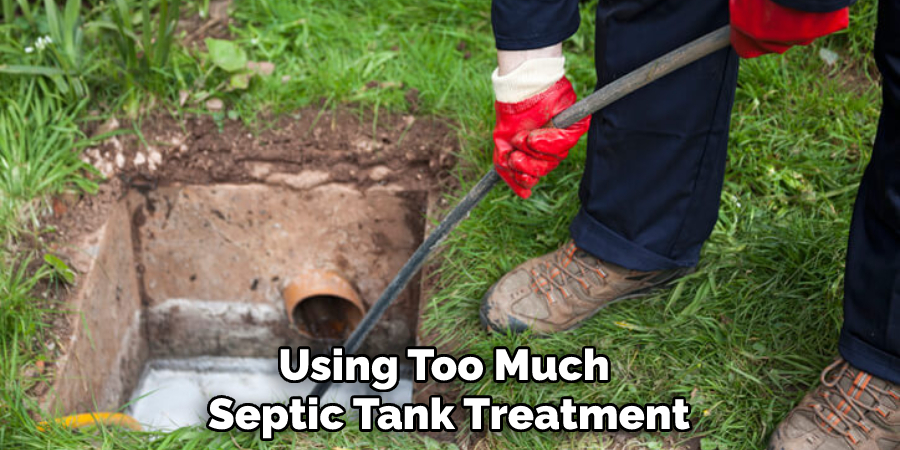
3. Not Allowing Enough Time for the Septic Tank Treatment to Work Properly
Be sure to follow the instructions on how long you should wait between treatments, as it is important for bacteria to have time to break down the material in your tank and keep everything functioning properly.
Conclusion
Septic tank treatment can be a difficult but necessary task. It is essential to follow the directions and warnings that come with the product. Additionally, it’s important to ensure a professional examines your system regularly and have septic tank pumping done every few years or as recommended by your septic specialist.
At the end of the day, investing in regular septic tank treatment can help you save a significant amount of money over time by helping to avoid costly repairs for things like clogged lines or broken systems that should have been maintained properly.
So don’t delay any longer; take care of your system today with proper septic tank treatment! And if you need additional information on how to use septic tank treatment properly, make sure to check out our website for more helpful tips and information. Thanks for reading—now go tackle that septic tank maintenance!

